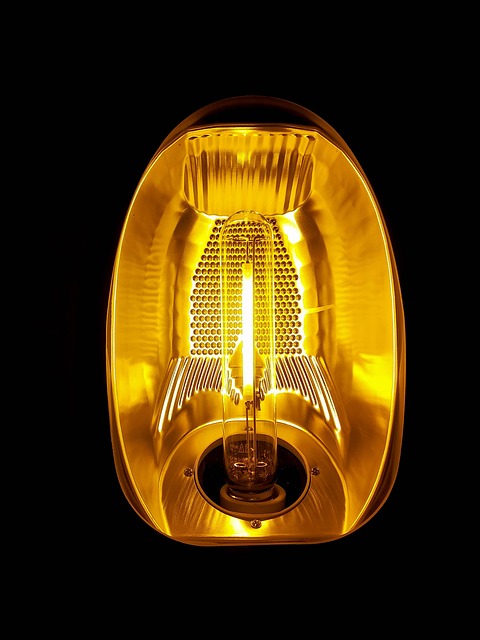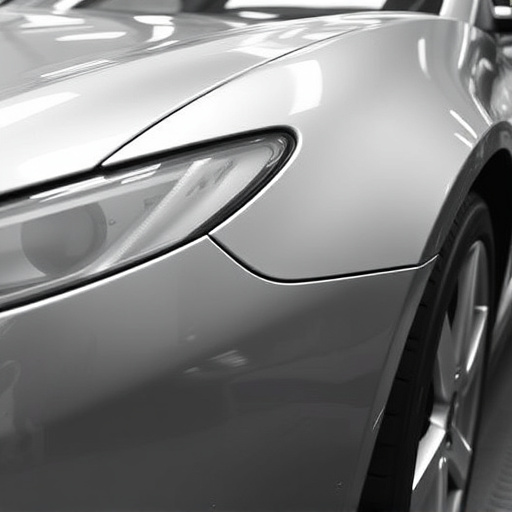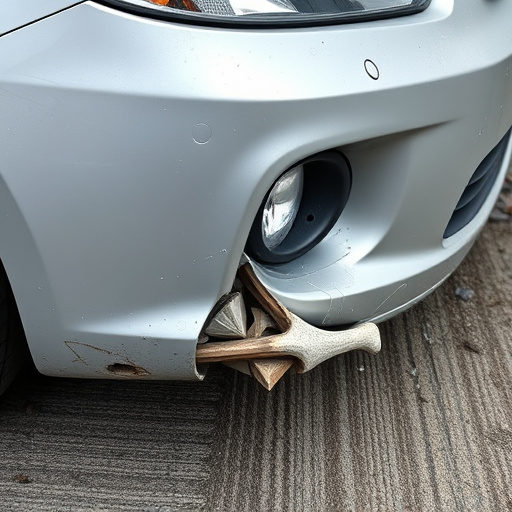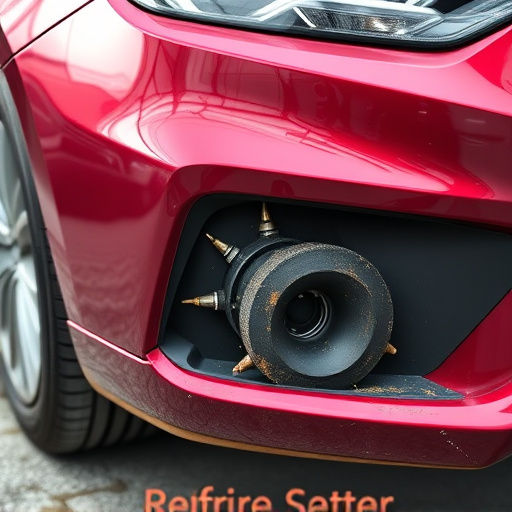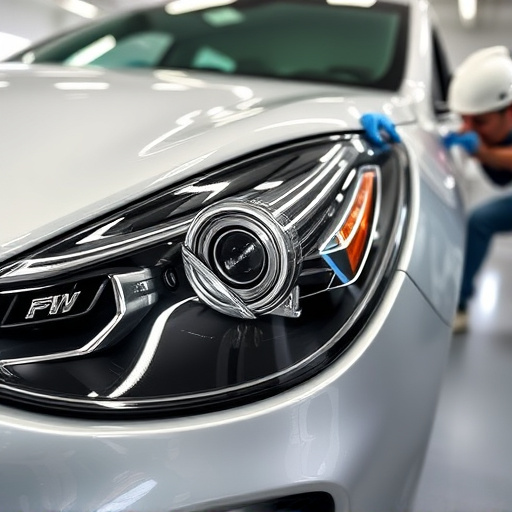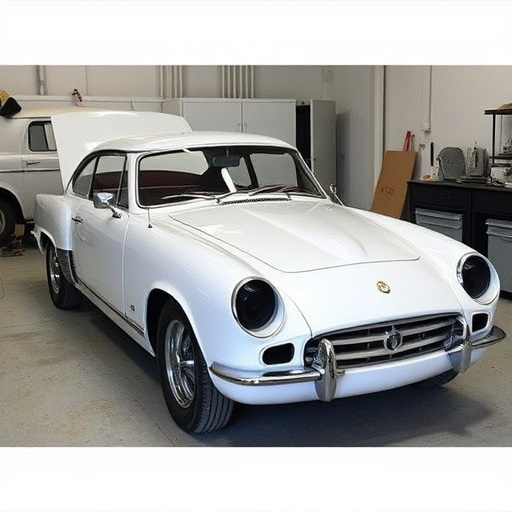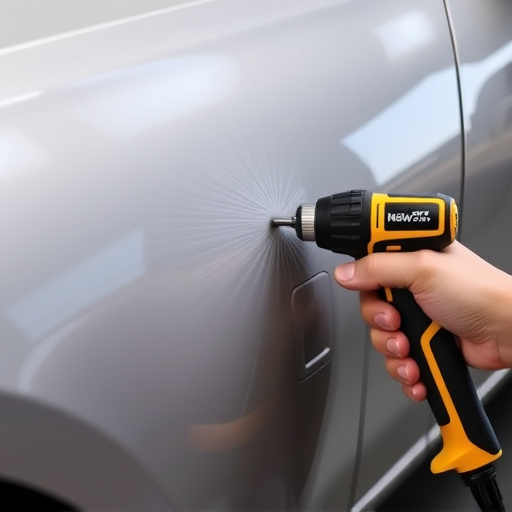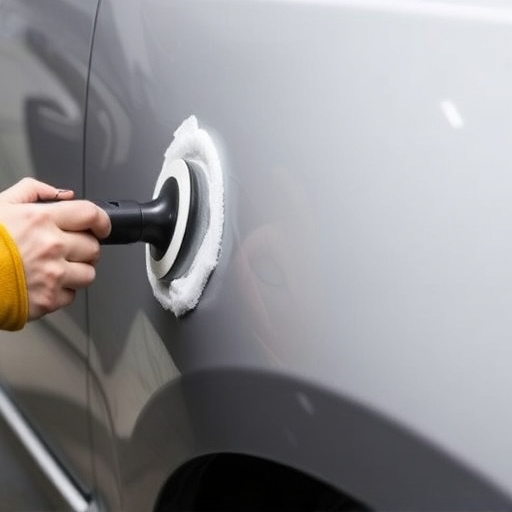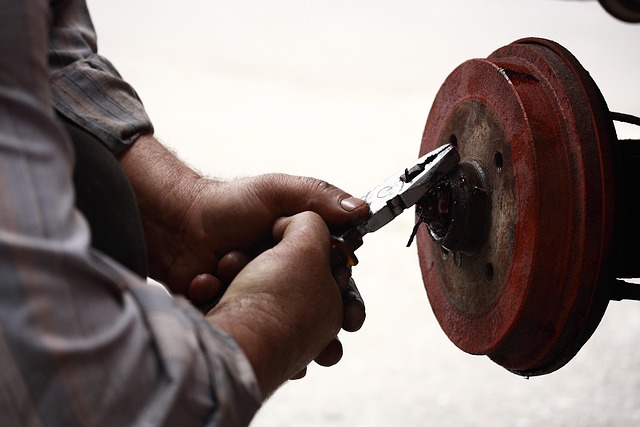Panel alignment procedures are essential for auto body repair shops to achieve accurate repairs, seamless finishes, and enhanced operational efficiency. Standardizing these procedures through best practices, staff training, and advanced tools streamlines workflows, reduces errors, minimizes repair times, cuts labor costs, and improves service delivery, ultimately boosting customer satisfaction and shop profitability in a competitive market.
In today’s competitive automotive industry, efficient repair shop operations are paramount. One critical aspect often overlooked is panel alignment procedures, which can significantly impact overall productivity and quality. This article delves into the intricacies of panel alignment procedures and explores strategies to optimize repair shop operational efficiency. We’ll guide you through understanding the fundamentals, implementing best practices, and achieving seamless workflows for enhanced productivity and customer satisfaction.
- Understanding Panel Alignment Procedures
- Optimizing Repair Shop Operational Efficiency
- Implementing Best Practices for Seamless Workflows
Understanding Panel Alignment Procedures
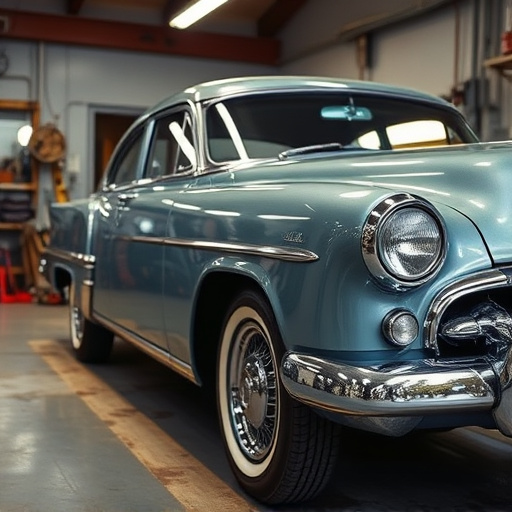
Panel alignment procedures are a critical component of any vehicle body shop or auto body repair facility. It involves meticulously adjusting and realigning damaged or misaligned car panels to their original specifications. This meticulous process is crucial for ensuring that auto body painting and repairs are done accurately, resulting in a seamless finish that matches the vehicle’s original condition.
Effective panel alignment procedures streamline the overall workflow in an auto body repair shop. By standardizing these processes, technicians can work more efficiently, minimizing errors and reducing the time required to complete repairs. This not only enhances customer satisfaction but also contributes to the overall profitability of the business by optimizing resource utilization within the vehicle body shop.
Optimizing Repair Shop Operational Efficiency
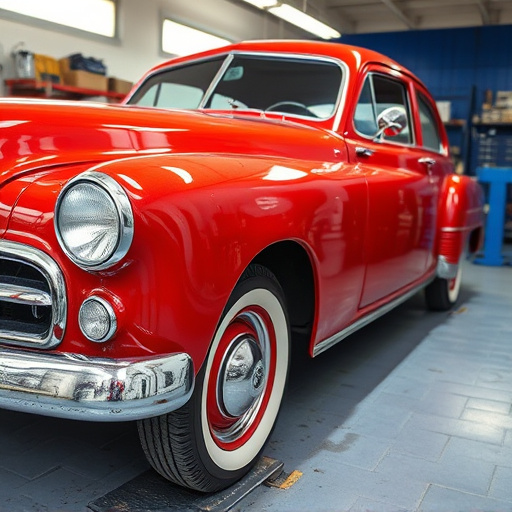
In today’s competitive market, repair shops must optimize their operational efficiency to stay ahead. Implementing efficient panel alignment procedures is a key strategy that can significantly streamline processes within a collision repair shop or auto painting facility. By adopting best practices for panel alignment, shops can enhance productivity and reduce the time required for auto maintenance tasks, ultimately improving overall service delivery.
This optimization involves investing in advanced tools and training staff to execute precise panel alignment accurately. Streamlined workflows that integrate these procedures into the repair process ensure that every step, from initial assessment to final touch-ups, is executed efficiently. As a result, collision repair shops can minimize labor costs, reduce waste, and enhance customer satisfaction by delivering high-quality auto maintenance services in less time.
Implementing Best Practices for Seamless Workflows
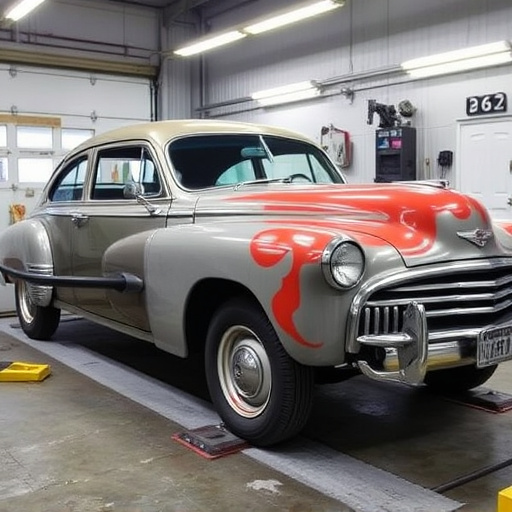
Implementing best practices for seamless workflows is a cornerstone of efficient panel alignment procedures within any auto repair service or collision repair center. Streamlining processes ensures that vehicles move through the shop with minimal delay, maximizing productivity and customer satisfaction. This involves training staff on standardized methods, establishing clear communication channels, and utilizing technology to automate repetitive tasks. By adopting these practices, car bodywork services can achieve a harmonious balance between precision work and swift turnaround times.
Furthermore, maintaining an organized workspace is integral to successful panel alignment. A well-systematized approach, where every tool and component has its designated place, reduces the time spent searching for parts. This efficiency ripple effect not only benefits the repair shop but also enhances the overall quality of the final repairs. Ultimately, a collision repair center that embraces best practices for panel alignment procedures can deliver superior car bodywork services, fostering customer loyalty through timely and effective solutions.
Panel alignment procedures are a key component in optimizing repair shop operational efficiency. By understanding and implementing best practices, shops can streamline workflows, reduce downtime, and improve overall productivity. Seamless integration of these processes allows for better resource management, enhanced customer satisfaction, and a more profitable business model. Incorporating these strategies ensures that modern repair shops stay competitive and efficient in an ever-evolving automotive industry.
